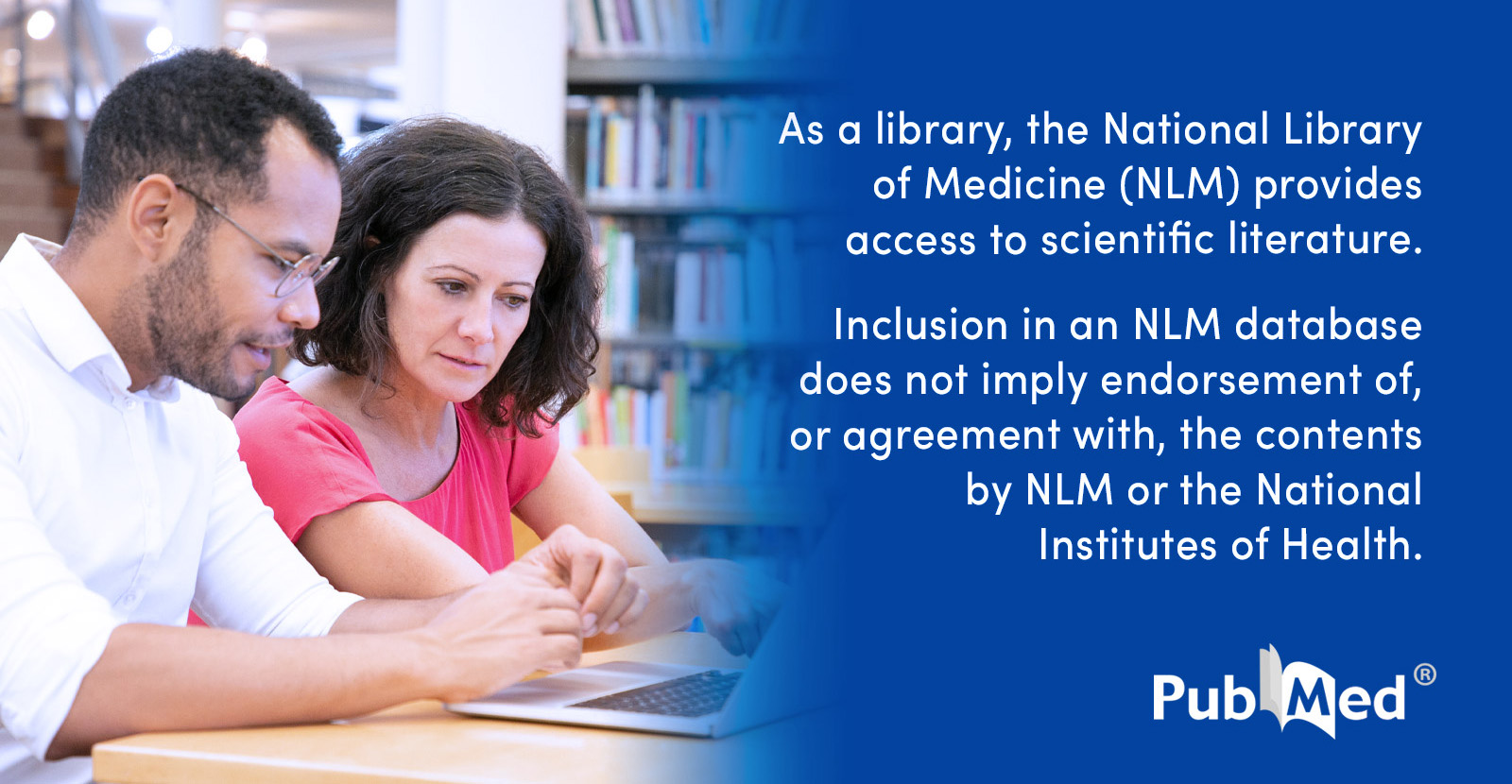You are using an out of date browser. It may not display this or other websites correctly.
You should upgrade or use an alternative browser.
You should upgrade or use an alternative browser.
All about Ivermectin
- Thread starter dredger
- Start date
Ricardo
The Living Force
One example of Dr. William Makis sucesses :IT is 2nd time Ms. Kim has Dr. William Makis in recent months but still think it relevant enough to post it here (?) , both about Ivermectin and fenbendazole , menbendazole , cancer and treatment. Interview starts at 22:15 in.
Link @ Rumble
I've read some anecdotal reports of topical use of ivermectin on SM and Dr William Makis mentions topical use. Makis says that prescription creams are usually 1% ivermectin, but horse paste is 1.87%. I'm curious about topical use because I usually use black salve to test and treat suspicious skin spots or moles. I made my own black salve up according to the recipe given at the end of the One answer to cancer documentary about a decade ago, however, some of the ingredients have been banned and are increasingly harder to come by. Also if the skin spot or mole shows a hit when black salve is applied, then the process of the salve working to kill it and remove it can be quite uncomfortable.
The most dangerous skin cancer is melanoma, but I've had success with basal cell carcinomas.
Anyways, I'm curious to know if anyone here has tried topical applications of ivermectin.
The most dangerous skin cancer is melanoma, but I've had success with basal cell carcinomas.
2.8. Melanoma
Melanoma is the most common malignant skin tumor with a high mortality rate. Drugs targeting BRAF mutations such as vemurafenib, dabrafenib and PD-1 monoclonal antibodies, including pembrolizumab and nivolumab have greatly improved the prognosis of melanoma [71,72]. Gallardo treated melanoma cells with IVM and found that it could effectively inhibit melanoma activity [73]. Interestingly, IVM could also show activity against BRAF wild-type melanoma cells, and its combination with dapafinib could significantly increase antitumor activity. Additionally, it has been confirmed that PAK1 is the key target of IVM that mediates its anti-melanoma activity, and IVM can also significantly reduce the lung metastasis of melanoma in animal experiments. Deng found that IVM could activate the nuclear translocation of TFE3 and induce autophagy-dependent cell death by dephosphorylation of TFE3 (Ser321) in SK-MEL-28 melanoma cells [74]. However, NAC reversed the effect of IVM, which indicated that IVM increased TFE3-dependent autophagy through the ROS signaling pathway.
Ivermectin, a potential anticancer drug derived from an antiparasitic drug - PMC
Ivermectin has powerful antitumor effects, including the inhibition of proliferation, metastasis, and angiogenic activity, in a variety of cancer cells. This may be related to the regulation of multiple signaling pathways by ivermectin through PAK1 ...pmc.ncbi.nlm.nih.gov
Anyways, I'm curious to know if anyone here has tried topical applications of ivermectin.
SevenFeathers
Dagobah Resident
I am currently experimenting with ivermectin on suspicious looking moles. I've been applying the horse paste for about two weeks now, 2 times a day. So far, not much change. Maybe a little lighter in color.I'm curious to know if anyone here has tried topical applications of ivermectin.
Ricardo
The Living Force
topical use of ivermectin cream, on what looks like psoriasis or some infection ?
I am currently experimenting with ivermectin on suspicious looking moles. I've been applying the horse paste for about two weeks now, 2 times a day. So far, not much change. Maybe a little lighter in color.
Well, one of the benefits of black salve is that you know if it's on skin cancer within 24hrs because you can feel it go to work. It apparently kills the cancer within the first 24hrs, but it can take 3 weeks to remove it and heal the area. It has very little impact on healthy skin and as such it works well to test suspicious spots. Another down side to black salve is that the area where it is applied needs to be covered with a bandaid for the first 24hrs, but bandaids don't always adhere well to some areas and can come off while asleep and the black salve ends up coming off with the bandaid. I've had that problem with my nose and I'm thinking of trying horse paste there.
Intranasal nanoencapsulated ivermectin, outperforming ivermectin in gliomas:

 pubmed.ncbi.nlm.nih.gov
pubmed.ncbi.nlm.nih.gov

Intranasal Delivery of Ivermectin Nanosystems as an Antitumor Agent: Focusing on Glioma Suppression - PubMed
Glioblastoma presents significant challenges in neuro-oncology due to its aggressive nature, drug resistance, and restrictions imposed by the blood-brain barrier. Ivermectin (IVM), known for its antiparasitic properties, has been highlighted as a promising treatment for tumors and an alternative...
Hopefully it will be more readily available and help undo damage by mRNA/lipid nanoparticle COVID era.Nanoencapsulated IVM significantly reduced the viability of various cancer cell lines, particularly glioma cell lines, which led us to evaluate them in a preclinical glioma model. We implanted adult male Wistar rats with C6 cells. Intranasal delivery of IVM-NC (60 μg/rat/day for 10 days) resulted in a larger decrease in tumor size compared with the group treated with free IVM, along with histopathological improvements. [...]
Furthermore, the effective equivalent dose of IVM (26 μg/kg) in the rat glioma model was lower than the approved human dose for parasitic infections. This study marks the first exploration of IVM delivery to the brain. In summary, nasal administration of nanoencapsulated IVM via nanocapsules presents a promising avenue for targeted therapy against glioblastoma, with potential implications for clinical translation.
Attachments
Ricardo
The Living Force
topical use of ivermectin cream, on what looks like psoriasis or some infection ?
Ivermectin is also being explored for treating anterior eye conditions such as some types of dry eye (meibomian gland dysfunction) and Demodex eye lash infestations (Demodex is a type of mite that burrows into lashes causing inflammation of the eyelids known as blepharitis).

 www.reviewofoptometry.com
www.reviewofoptometry.com
 pmc.ncbi.nlm.nih.gov
pmc.ncbi.nlm.nih.gov

 ophthalmology360.com
ophthalmology360.com

Ivermectin Cream Effective Against Demodex Blepharitis
Treatment of ocular Demodex infestation with topical ivermectin cream - PMC
To evaluate the use of ivermectin 1% cream for the treatment of sleeves associated with Demodex blepharitis. A retrospective chart review was conducted on patients with moderate to dense sleeves secondary to Demodex folliculorum, who were treated ...

Combination therapy shows promise for treating Demodex-related dry eye disease - Ophthalmology 360
The combination of topical ivermectin 1% and intense pulsed light (IPL) therapy significantly improves dry eye disease (DED) caused by demodex blepharitis, with notable reductions in blepharitis and meibomian gland dysfunction, according to a study. The retrospective study reviewed records from...
Last edited:
Tomiro
Jedi Master
Anyways, I'm curious to know if anyone here has tried topical applications of ivermectin.
I got prescribed antibiotics and Ivermectin cream (1%) for Roscaea, that broke out a few years ago. Last year when it broke out again, I only used the Ivermectin cream, and it cleared out pretty well.
michaelrc
Dagobah Resident
Well I'm 75 years young and its has been troubling to watch how my face has changed over the years. I began to develop annoying sun blotches and some of them looked to be cancerous types. I'll just get straight to my point and that is if you dab DMSO on those pesky looking blotches it doesn't seem to do all that much as far as having them regress at least not that I notice. What I have learned and I hope this will help others is that if you do the dabbing as I described but then follow up with ivermenctin over the top of the just applied DMSO success at removal will be accomplished. It might take about 3days or so to notice a change but give at least a week or so and you'll be amazed at the results. Even deep type beneath the skin nodules will dissapeared after a few weeks of this type application. I hope this helps others achieve a better look with those pesky age spots put to rest. Good luck and as always God bless this forum.
These are examples of doses used safely, which prompted me to do between 30 and 60 mg almost every day last winter with very good results. I fared better than I should have, and some people's recalcitrant tiredness and long COVID symptoms ease away. The cancer protection is a bonus.
Do you get "transient visual effects" when you take that dose? I recently had flu symptoms and took 24 mg separated in 2 doses of 12 mg and I got plenty of those "visual effects" but in the picture you posted there it shows visual effects only in the very high dose. According to that picture I'm taking a low dose for my weight. I know those visual effects are normal, but I just wanted to check if they are normal with the low dose too.
Ricardo
The Living Force
Do you get "transient visual effects" when you take that dose? I recently had flu symptoms and took 24 mg separated in 2 doses of 12 mg and I got plenty of those "visual effects" but in the picture you posted there it shows visual effects only in the very high dose. According to that picture I'm taking a low dose for my weight. I know those visual effects are normal, but I just wanted to check if they are normal with the low dose too.
Only at the beginning and, after a while, only very rarely. Mostly, I feel less inflamed and better.
Just wanted to report that I caught some sort of nasty cold over the weekend. I tested for COVID, it was not that. Did not feel like flu. Might have been RSV who knows. Lots of congestion, low fever, slight sore throat. I took 12 mg of Ivermectin every 8-12 hrs. I started getting sick Friday evening, slept all Saturday and was scheduled to work overnight Saturday. I felt well enough to work Saturday as I knew I would have very little interface with patients and was no longer coughing and sneezing. Slept all day Sunday. Slept all day Sunday night and feeling so much better. Thank you Ivermectin!
Trending content
-
-
Thread 'Coronavirus Pandemic: Apocalypse Now! Or exaggerated scare story?'
- wanderingthomas
Replies: 30K -
Thread 'Mass Shooting at Bondi Beach, Sydney, targets Jews celebrating Hanukkah'
- Rhythmik
Replies: 137
